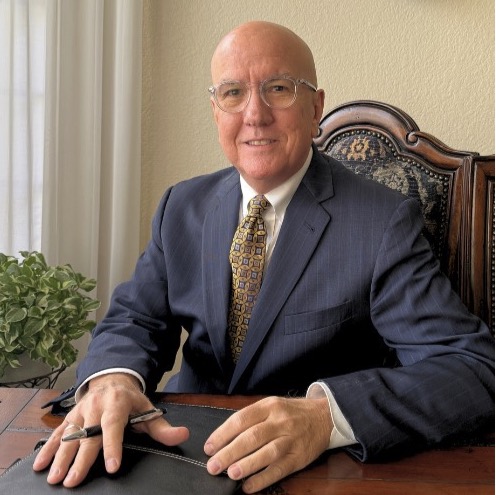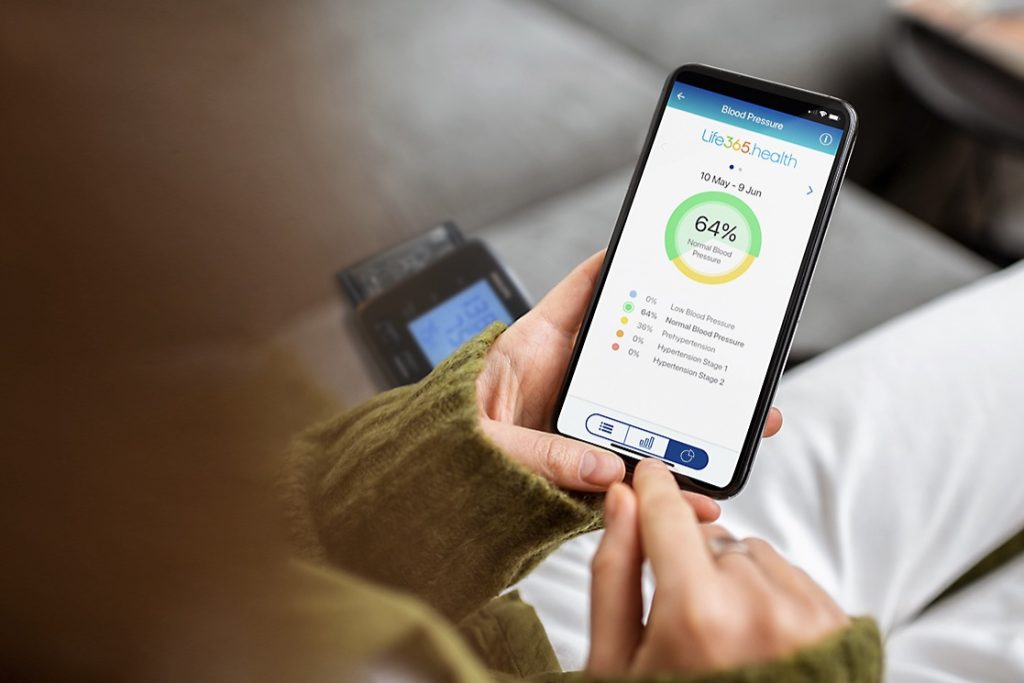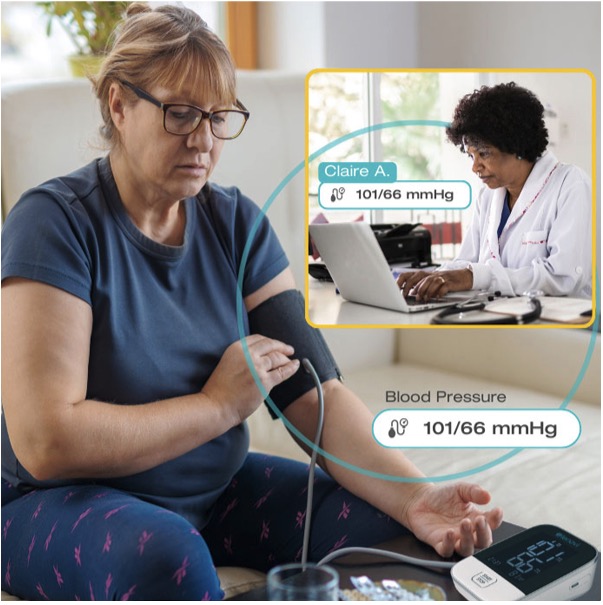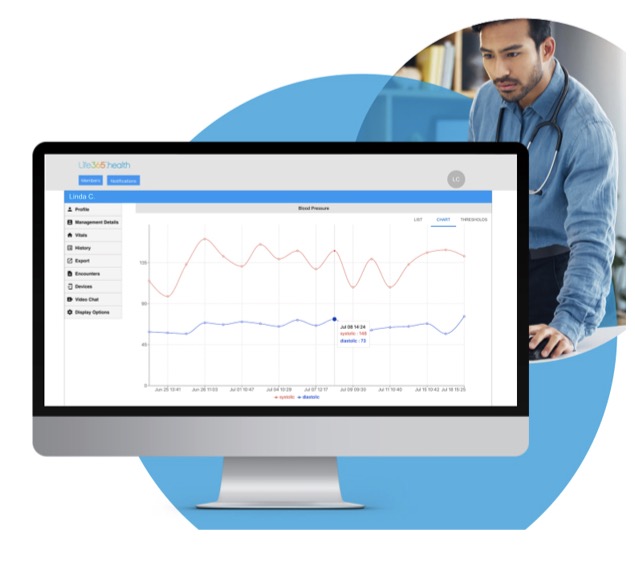Life365 is dedicated to transforming healthcare through its virtual-first platform, which bridges the gap between patients and medical care regardless of their locations. The company integrates with over 550 connected medical devices and wearable sensors, automatically sending health data to a secure cloud. Pulse 2.0 interviewed Life365 CEO Kent Dicks to gain a deeper understanding of the company.
Kent Dicks’ Background

Could you tell me more about your background? Dicks said:
“I have spent more than four decades in technology, with the past 20 years focused on transforming digital health. My journey into healthcare was personal. My parents wanted to manage chronic conditions while staying independent in rural Iowa, and I recognized the urgent need for accessible, technology-driven care solutions. That recognition led me to found MedApps in 2006, one of the first companies to develop cloud-connected health monitoring platforms. After its acquisition by Alere, I launched Life365 in 2015 to continue advancing virtual-first care. Over the years, I have testified before Congress on rural Veterans’ healthcare needs, contributed to FDA and FTC panels, and led initiatives that help bridge gaps in care for seniors, rural residents, and Veterans.”
Core Products

What are the company’s core products and features? Dicks explained:
“Life365’s virtual-first platform connects patients to care wherever they are, whether at home, in rural communities, or transitioning from hospital to home. It integrates with more than 550 connected medical devices and wearable sensors, from blood pressure cuffs to continuous temperature patches. Data automatically flows to a HIPAA-compliant cloud where AI-driven analytics detect early warning signs, prioritize patients most at risk, and support clinicians responsible for large populations. The platform offers real-time vitals monitoring, automated alerts, telehealth integration, and connectivity that works even in low-bandwidth regions, utilizing both cellular and offline syncing. It also provides smart nudges that help patients stay adherent to care plans. Because it is device-agnostic and interoperable with Microsoft Cloud for Healthcare, it connects to more than 1,000 health systems nationwide.”


Significant Milestones
What are some of the company’s most significant milestones? Dicks cited:
“Life365’s growth has been defined by meaningful milestones that reflect both innovation and impact. In 2023, the company was awarded an eight-year subcontract to provide remote patient monitoring services to the U.S. Department of Veterans Affairs, underscoring its commitment to supporting the largest Veteran population in the world. In 2024, Life365 expanded its connected care offerings through the acquisition of PillDrill, an award-winning smart medication tracking system, and AffirmXH, an advanced biometric analytics company specializing in digital therapeutics and continuous biosensor data. The company’s technology was also highlighted in a peer-reviewed study on heart failure readmissions at White Plains Hospital and recognized as an AZBio Fast Lane company, further validating Life365’s role in accelerating healthcare innovation and scaling virtual-first care.”
Customer Success Stories
When asking Dicks about customer success stories, he highlighted:
“One of the most powerful demonstrations of our impact took place at White Plains Hospital in New York. In the study mentioned earlier, published in The Joint Commission Journal on Quality and Patient Safety, patients receiving a comprehensive bundle of services that included Life365’s connected devices and platform achieved a 30-day readmission rate of only 2.6% for heart failure, far outperforming the 23% national average. The program also ensured equitable access by shifting to a more accessible hub model mid-study so that all patients could benefit regardless of their comfort with technology.
“For Veterans, our work with the VA has shown similarly transformative outcomes. Under the Home Telehealth and Remote Patient Management programs, Veterans using connected care technologies experienced a 41% reduction in hospital admissions and a 70% reduction in length of stay. These programs have been especially meaningful for older and rural Veterans who often face long travel distances to access in-person care.”
Future Company Goals
What are some of the company’s future goals? Dicks concluded:
“Our mission is to shift care earlier in the journey, before conditions escalate and costs rise, so that patients can remain healthier at home. Looking forward, we are focused on scaling a new platform to serve hundreds of thousands, and eventually millions, of Veterans through partnerships with federal agencies and health systems. We are also expanding the platform’s intelligence by integrating AI and voice biomarker technology, which uses subtle vocal changes as an early indicator of declining health. At the same time, we will continue adding new devices and digital therapeutics to personalize care, while ensuring that our solutions work in underserved communities with limited connectivity.
“Ultimately, our goal is to transform healthcare into a predictive, preventive, and personalized system that not only honors the service of Veterans but also empowers all patients to live healthier, more independent lives.”


